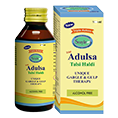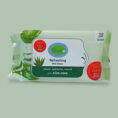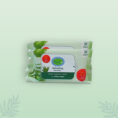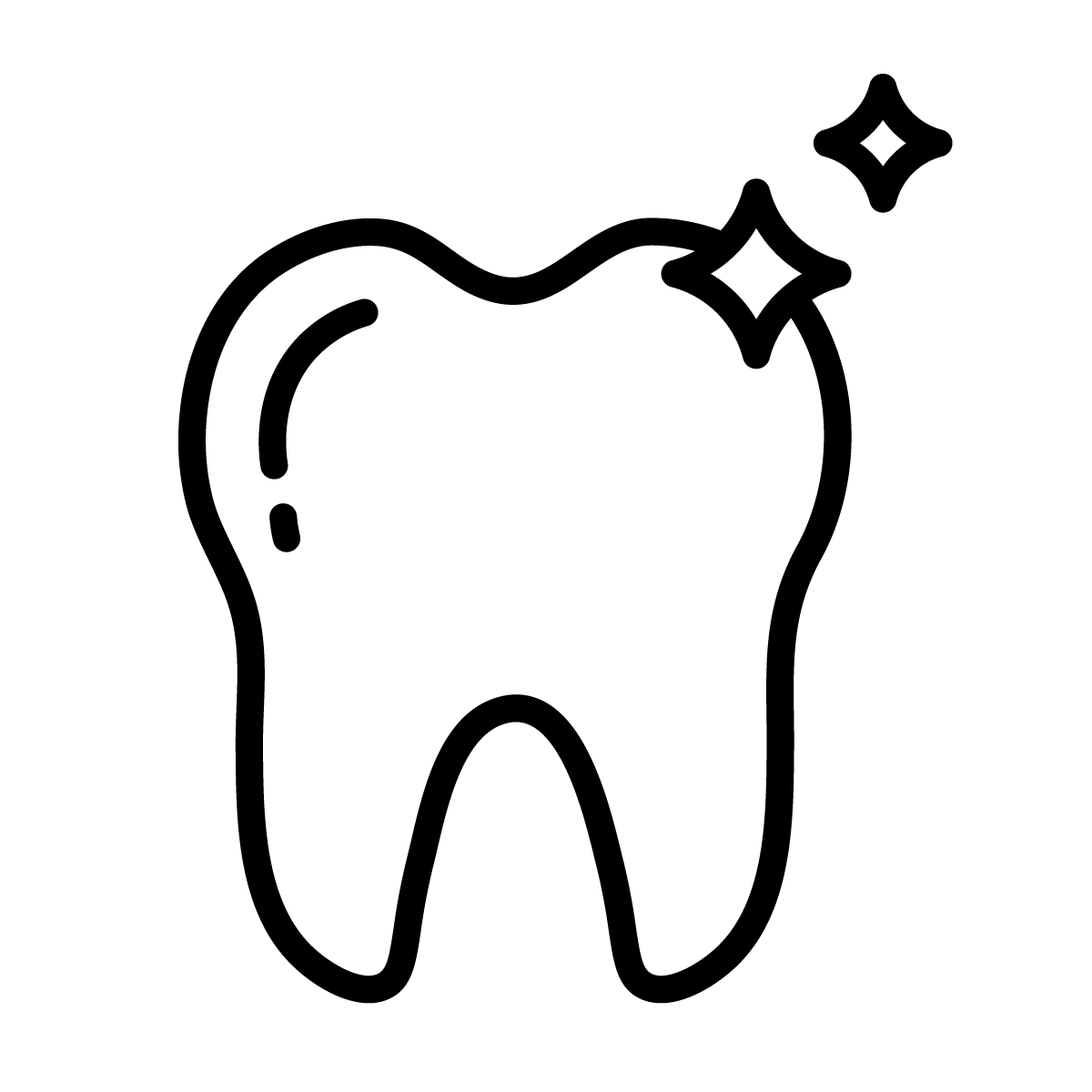Oral hygiene is needed for your overall well-being. It is an essential factor that makes your teeth feel healthy and look good. With proper oral hygiene, you are able to eat and speak properly. So, daily maintenance of oral hygiene is required as it keeps your teeth and mouth free from debris. With proper oral hygiene, you can also prevent bad breath and infections that are caused due to the formation of bacteria inside your mouth.
Brushing twice a day, cleaning your tongue properly, flossing at least once a day, and washing your mouth whenever it is considered necessary are some of the methods that can help you achieve perfect oral hygiene.
Before diving more into this blog, let us try to understand about flossing.
What is Flossing?
Flossing is the process of cleaning between the teeth and gum using a thin filament called dental floss. A dental floss is made of either Teflon, nylon or silk. Dental floss can be available both in string and ribbon form and can be slightly waxed or unwaxed.
- If you want to floss in between your teeth when there is enough space, then a ribbon floss is more recommended.
- If you want to floss when your teeth are in close contact with each other, then string floss can be considered the most effective solution.
Is Brushing Not Enough To Maintain Proper Oral Hygiene?
Remember that brushing alone cannot help with cleaning your teeth.
The tooth has five surfaces:
- Buccal
- Occlusal
- Lingual
- Mesial
- Distal
Imagine that your brush is reaching only three surfaces but not the other two surfaces – mesial and distal, and these two surfaces are in close contact with the respective sides of other teeth, and the food debris is stuck there.
What will you do, if the debris is stuck at the same position, along with water and the bacteria? The bacteria that is present inside your mouth starts building up plaque (thin film-substance, which is sticky in nature) around the teeth, both above and below the gums. If this complex residue matter is not removed properly, then a hard plaque called tartar will be formed.
What are the Effects of Plaque and Tartar?
Tartar is usually a brown or yellow-colored hard mineral that is found above the gum line of your teeth. It is formed due to the hardening of the plaque and bonds tightly to the enamel of the teeth. A tartar thereby paves the path for many oral diseases.
Did you know that tartar is one of the main causes behind many oral infections such as gingival inflammation, other gum diseases and tooth cavity. If gingivitis is not treated at the right time, then it leads to periodontal disease – periodontitis.
Periodontitis is an inflammation of the gum line which affects the bone that surrounds and supports your teeth with eventual tooth loss.
Tartar can also cause bad breath. Regularly using dental floss can help remove plaque and prevent from other oral care damaging conditions. If you are not flossing, then you are at higher risk of exposure to bacteria. According to certain studies, gum diseases can lead to Alzheimer’s and other memory loss issues.
Efficacy of dental floss has not been proven yet. However, it is estimated that 80% of plaque can be eliminated by using proper flossing. So, to keep your teeth free from all types of infections and from accumulated plaque, it is recommended that children and adults aged above 10 floss their teeth at least once a day.
Hormones such as estrogen and progesterone are said to increase the blood circulation to the gums. Sensitivity of the gums will increase and the reaction towards plaque will also be higher. Gums may start turning red, tender and swollen, as there is also a risk of periodontal disease. Hence, it is imperative to practice good dental hygiene that also includes flossing.
Orthodontic Appliances for Flossing
- Orthodontic floss can be used to remove dental plaque formed in between the braces, bridges, or wide gaps between the teeth.
- A water floss on the other hand, is equipment that is used to remove food debris and plaque by shooting a thin stream of water towards the teeth and the gum line. The stiff end of the water floss helps it easy to slide in between your teeth and orthodontic appliance.
Advantages of Floss Holders
- With a floss holder, the flossing process is made easier and simpler.
- Non-dispensable floss holders help in reducing the expenses in comparison to traditional flossing. You can choose floss holders based on your interest and comfort.
- It is more recommended to use eco-friendly dental flossers with no flavorings.
Conclusion
Flossing should be a part of your daily oral care routine. Hence, it is advisable to floss at least once a day after brushing your teeth and clear off the plaque and debris that is formed hard at certain spaces.
You can also take good care of your oral health with Ayurvedic formulated products – Smyle. To know more about the products, visit https://www.smyle.co.in/











